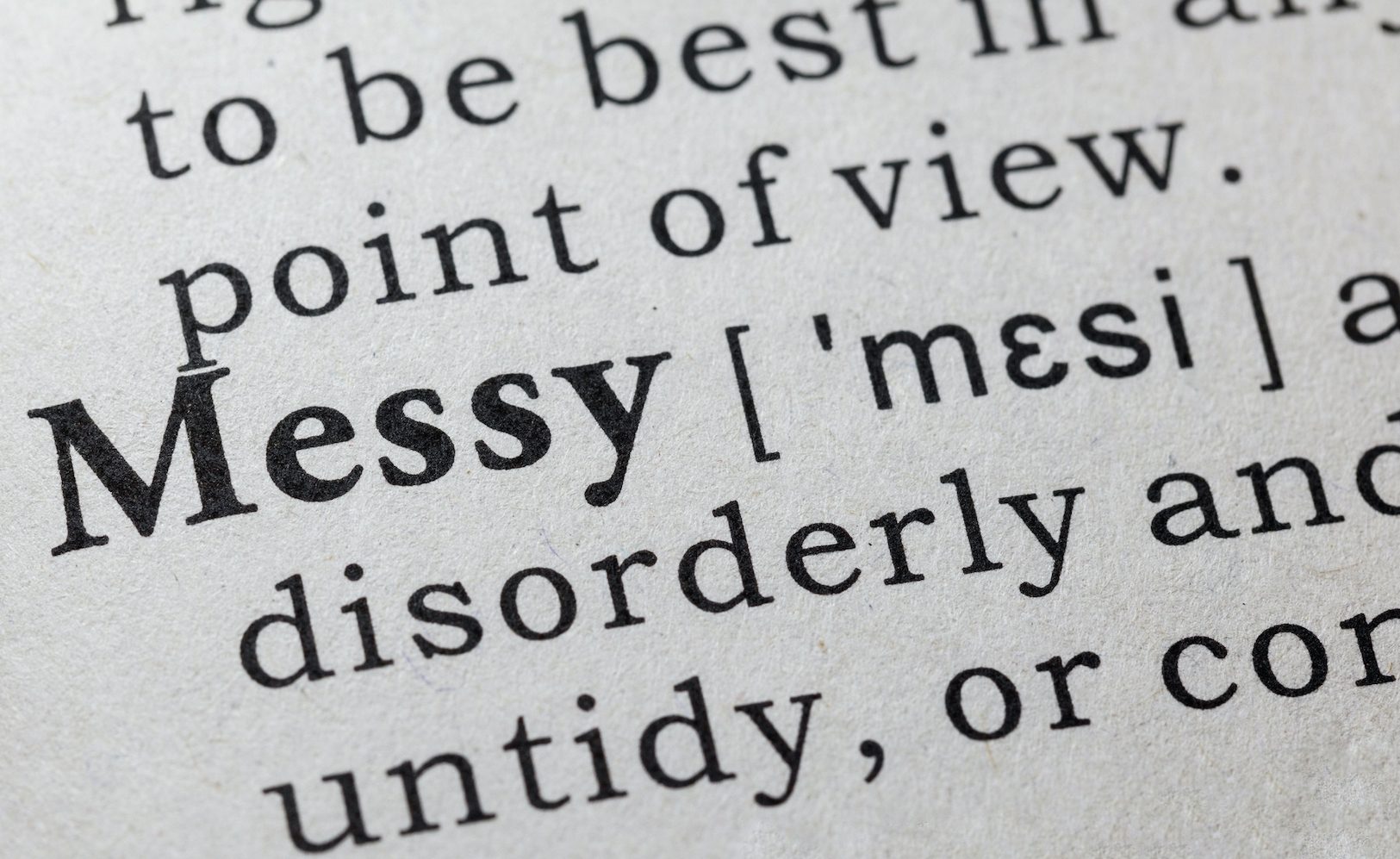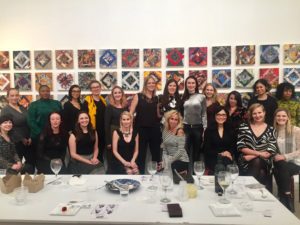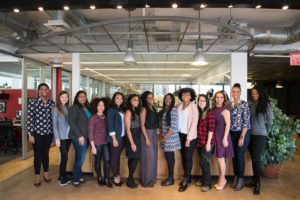“Messy.” In my work of women’s philanthropy, lately this is the word that keeps coming up over and over again, so I know there is a deeper idea emerging. I saw this happen with the word “grapple,” and now fundraisers echo that word back to me when they are dealing with challenging issues. So, I’m looking more deeply at what it means that women’s philanthropy can feel messy.
I don’t say that it is messy to work with women – WPI research and my three decades of experience have busted the myth that women are harder to work with. Our approaches simply need to be different. They aren’t harder.
And I don’t say that it is messy and not worth the time to gain support from women. The evidence from dozens of clients consistently proves that many new resources grow exponentially when we engage women in ways that better resonate with them.
I say that women’s philanthropy can FEEL messy because I hear the uncertainty all the time from fundraisers:
“I love the energy from our women’s advisory council who are committed to grow resources for our mission, and yet I’m constantly asked by my leaders ’what is the ROI on this?’ and ‘how much will we raise?’”
“I didn’t ask them to achieve a specific outcome. Instead, I listened to the group of women stakeholders across three meetings, and they came up with a bolder goal, and more names, than I expected. Did I do this right?”
“The women have so many heart wrenching stories of how they’ve been dismissed in the past. How can we get from the past to the present opportunities they might help with?”
I want to acknowledge that it can feel messy and vulnerable to step outside the lines of our buttoned-up, patriarchal “we want you to provide support this way” approach. I know that I was trained that way. I wore the typical fundraiser’s blazer, I memorized the proposals to present to donors, and I made sure I could answer most questions that came up. I felt in control before I walked into a visit.
Women often approach philanthropy as a “We.” Fundraisers will be more trusted when we cede some our “knowing” and presumed control and instead become curious and really listen to stories and questions. Questions are good – they help a group of women understand parameters, discern opportunities for impact, and then work together with the institution to create tangible impact.
To get to a trusted partnership and exponential results, it is fine to feel unsure when women share in the first meeting both excitement at being invited to work together as well as stories of being dismissed, unseen, or not valued in previous interactions. You may think “where is this going” but the process and the intent will evolve over time. What women might share are natural responses when they are finally being asked, authentically:
“What is resonating?”
“What might we do differently?”
“Where have we misstepped?”
“What’s right in front of us that we are missing?”
It is normal to feel disorganized when this same collective of committed women, who now trust they are being authentically listened to, ask questions in a second meeting and then test ideas with staff – rather than staff telling them what is best.
And it is true that it can feel messy inside the institution while we staff these discerning conversations. Leaders have pressures; we all face time constraints. And our current job descriptions, division structures, team goals, metrics, and compensation rewards are based on what has worked in the past. We’ve not yet created the fundraising structure, metrics and rewards for adapted approaches that bring in more diverse donors, far more donors, and more resources in the same time frame that it takes to cultivate a single major donor.
Adaptations for women and all historically underrepresented groups can feel out of step with the fundraising machine we’ve created across 50+ years. For example, while collective efforts often produce jaw-dropping results (as in a 775% increase in one year of the number of women giving $100,000 to Williams College), our current practices focus on one-to-one relationships. Collective giving is not “valued” as much, yet, as the single big gifts.
So, women’s philanthropy work can feel messy and unconforming. We can feel we need to always prove ourselves as well as prove the work is critical. I personally have felt out of step for over 25 years!! But I know that these feelings arise because institutions that intentionally welcome in all individuals that identify as women, trans and non-binary are shaking things up. I can assure you that the uncomfortable feelings do dissipate as we band together, share what we are learning, and grow the number of institutions, leaders and fundraisers who are intentional in their fundraising with women. As we reimagine how to fundraise with authenticity, curiosity, and vulnerability, and demonstrate success upon success that results when we meet donors as they prefer, then our sector will evolve with us.
Today’s donors want authenticity and purposeful partnership, with each other and the institution, to solve real problems. Last week, an alumna at a small college said, ““Our collective working group is filled with interesting, diverse and powerful women ready to create radical impact. We are going to rock it!”
THIS is the energy we release when we embrace “messy” as a temporary state, when we let uncertainty open the doors to genuine conversations with women donors and volunteers, and when we allow ourselves to be vulnerable as we truly listen to our stakeholders and build mutual trust. I hope you choose to toss the blazers and embrace more unknowns when working with women. They will move your institutions toward unexpected and rich conversations, partnerships and results.






